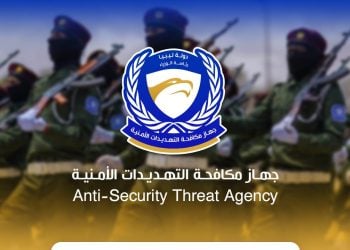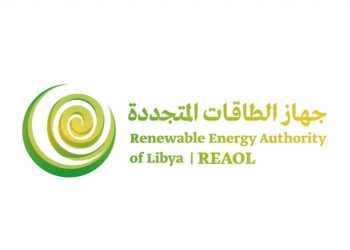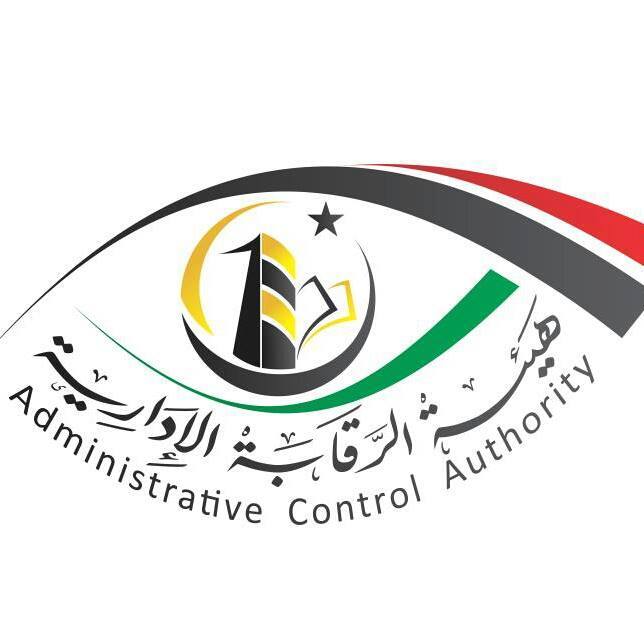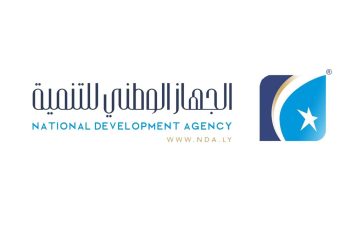By Rzszard Bouvier.
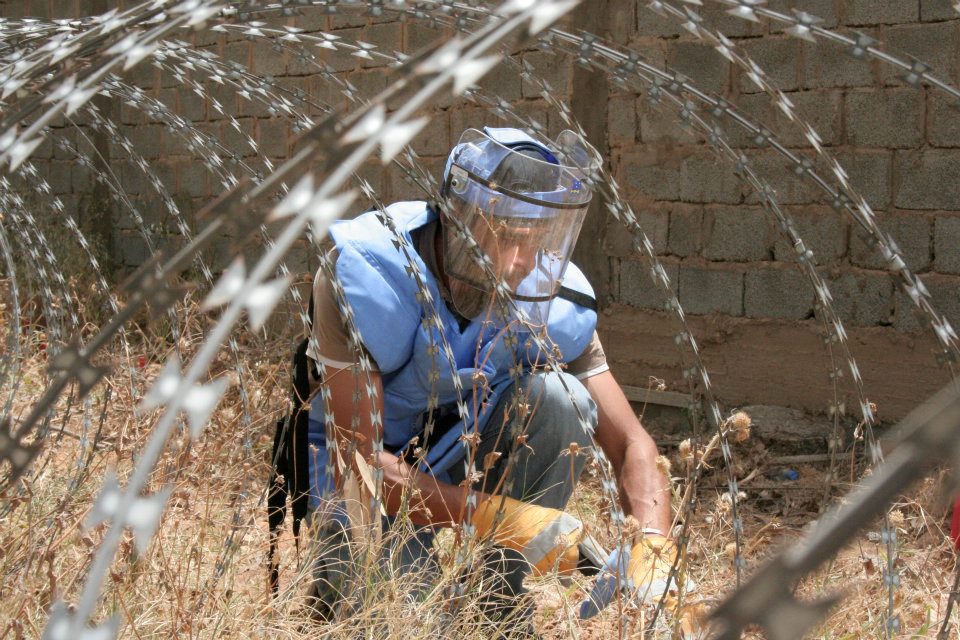
Tripoli, 20 December:
After a year’s work, Tripoli’s Mitiga Airport is now free of mines and other remnants of war. . . .[restrict]Mine experts of Germany’s Saint Barbara Foundation (SBF) and the Libyan Amal Foundation declared clearance work complete on Tuesday, 18 December.
A total of 8,653 anti-personnel mines and one hand grenade were found on an area of 28,000 square meters and removed. The team encountered no particular technical difficulties says project manager Lutz Kosewsky. Only a small section of the airport ground was covered in rubble and first had to be cleared with the help of heavy machinery. But the mandatory accuracy and safety precautions made mine clearance a slow process.
At their own risk and costs, a group of local volunteers had already begun surveying the area in late 2011 and by May 2012 had removed over 2,000 mines. After Mitiga was classified a priority zone by the authorities, SBF joined in with two international mine experts to provide specialised equipment and train 25 local staff.
BSF is a small development aid group involved in the rehabilitation of former conflict zones by removing land mines and assisting local people in reclaiming and re-cultivating the spaces recovered. The foundation usually intervenes upon request by the United Nations and government agencies. In Libya, SBF is funded mostly by the German Government through its Foreign Ministry, with additional sponsoring by the German oil company Wintershall.
Now that the Mitiga project is completed, BSF and its partners are to focus on their ongoing clearance work outside Tajoura on the road to Khoms. A small forest segment was used as a makeshift ammunition depot by former regime soldiers when they were forced out of the nearby military bases during last year’s fighting, explains Kosewsky. They dug holes in the ground to hide weapons, projectiles, rockets, mortars and fuses. Although these ERWs (explosive remnants of war) are much less hazardous than anti-personnel mines, clearing the area is of utmost importance. The forest strip along the coastal road is a popular picnic spot on weekends and leftover ammunition can explode when played with or when unprofessionally destroyed.
Other parts of the country still remain to be fully surveyed. experts expect to find many more mines and other ERWs Especially in and around Brega, Zliten and the Nafusa Mountains.
The SBF is not the only mine action team on the ground. To present a coordinated response to the ERW problem, the UN teamed up with a number of NGOs from Britain, Denmark, Norway and Switzerland among others, to form the Joint Mine Action Coordination Team (JMACT) as early as April 2011. The JMACT also liaises with the Libyan Mine Action Center (LMAC), which reports to the Defense Ministry. [/restrict]


